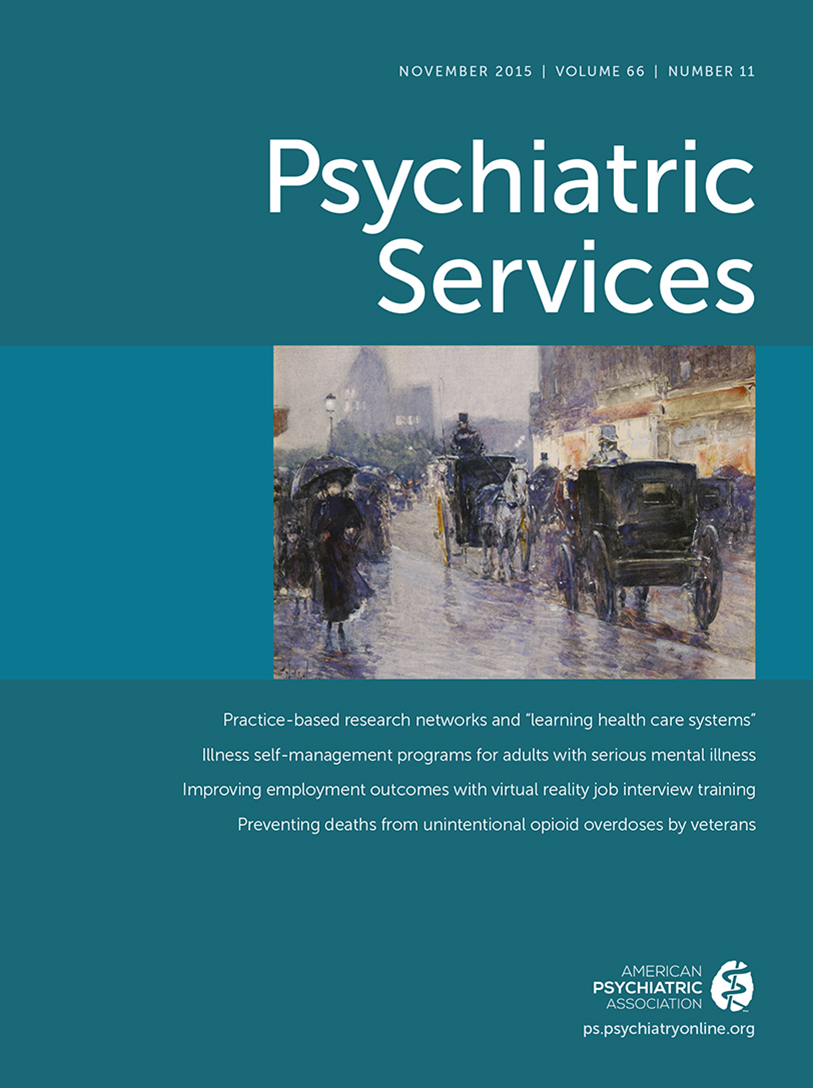Gun Violence and Victimization of Strangers by Persons With a Mental Illness: Data From the MacArthur Violence Risk Assessment Study
Abstract
Objective:
Highly publicized incidents in which people with apparent mental illnesses use guns to victimize strangers have important implications for public views of people with mental illnesses and the formation of mental health and gun policy. The study aimed to provide more data about this topic.
Methods:
MacArthur Violence Risk Assessment Study data were analyzed to determine the prevalence of violence by 951 patients after discharge from a psychiatric hospital, including gun violence, violence toward strangers, and gun violence toward strangers.
Results:
Two percent of patients committed a violent act involving a gun, 6% committed a violent act involving a stranger, and 1% committed a violent act involving both a gun and a stranger.
Conclusions:
When public perceptions and policies regarding mental illness are shaped by highly publicized but infrequent instances of gun violence toward strangers, they are unlikely to help people with mental illnesses or to improve public safety.




